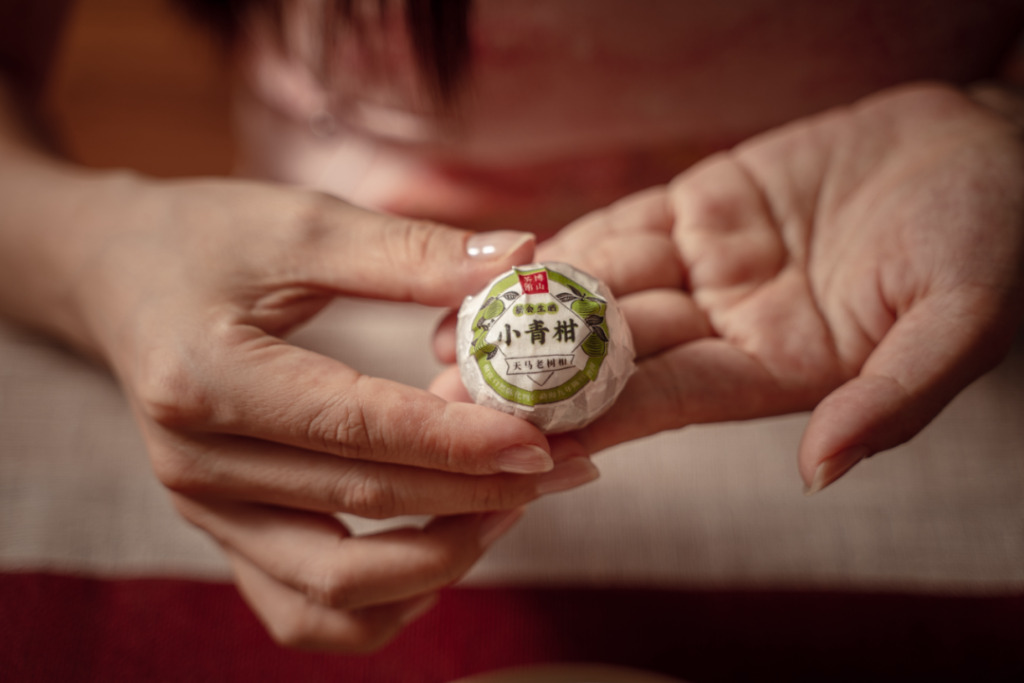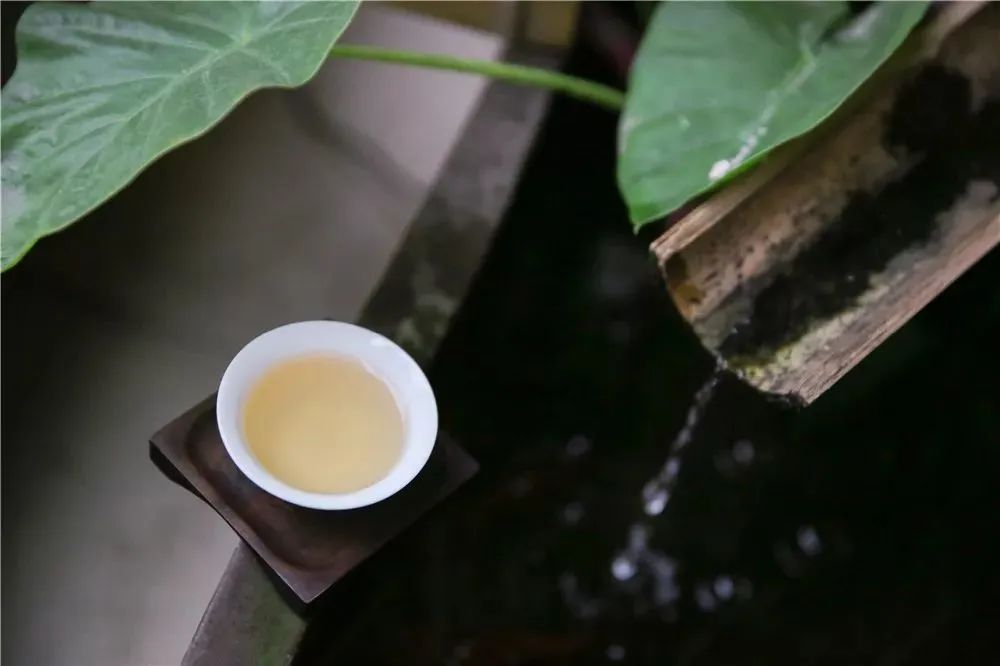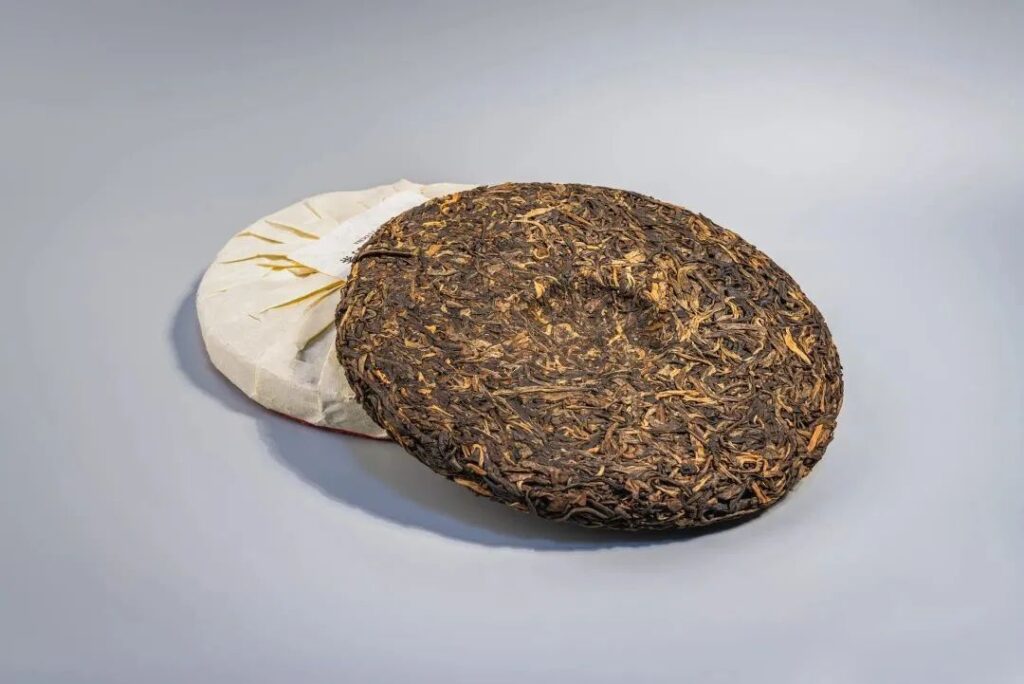Many friends, after purchasing a type of tea, may not pay attention much to its storage, only to find months later that the tea doesn’t taste as good as it did when they bought it. This is often due to improper storage, leading to flavor contamination. Tea leaves have hygroscopic and strong adsorptive properties, making them susceptible to absorbing moisture and odors from the air. If stored improperly, they can quickly lose their flavor.
Why does tea deteriorate? Typically, after storage, the aroma and taste of tea change. If exposed to high temperature and humidity, as well as sunlight, these changes are accelerated, causing the tea to age and spoil rapidly. This is especially true for newly harvested green teas, which require careful storage. The main factors contributing to tea deterioration include light, temperature, moisture content, air humidity, oxygen, microorganisms, and odor contamination. Deterioration caused by microorganisms is influenced by factors such as temperature, moisture, and oxygen while, odor contamination is related to the storage environment. The key to storing tea is to protect it from pressure, moisture, seal it, avoid light, and prevent odors.
The preservation of flower tea does not require low temperatures; it is important to prevent moisture and store it in a cool, dry, and odor-free environment. Oolong tea a, semi-fermented tea that falls between black and green tea, is relatively easy to store. Depending on the degree of drying and baking, rock teas and heavily baked Tieguanyins, as well as some single bush teas, can be stored at room temperature without the need for low-temperature preservation. Similarly, lightly baked Tieguanyins and single bush teas, to maintain their freshness and flavor, are best stored in a refrigerator at low temperatures. Black tea, with its low moisture content in dry tea, is prone to humidity and losing its aroma. It is best to avoid mixing different types of tea for storage and to keep it in a sealed, dry container away from light and high temperatures. If possible, using purple sand pots or tin cans is preferable, as glass jars cannot guarantee complete avoidance of sunlight exposure. Before storing black tea, packaging it in a plastic bag and removing the air inside can better preserve the tea’s aroma. White tea, the most primitive and simplest tea-making process, involves air-drying the picked fresh leaves until they are 90% dry and then low-temperature baking until fully dry. White tea is durable and environmentally friendly to store, requiring no low-temperature preservation, just room temperature and odor-free storage, typically between 10-35 degrees Celsius. During storage, there is a certain degree of transformation, with the color of the dry tea and tea soup becoming darker and the taste becoming more mellow and smooth over time. Dark tea requires storage conditions that are ventilated, dry, and odor-free. Ventilation and dryness are the most important when storing dark tea, preferably using packaging materials with good permeability such as kraft paper or leather paper (avoid sealing with plastic bags) to seal and store it. If the tea becomes moldy and grows white hair due to high humidity or long storage time, promptly remove it for ventilation and drying, or dehumidify (turning on air conditioning is sufficient,) or air it out in the sun, and the moldy hair will naturally disappear after a few days. If the white hair is severe, soft textiles like brushes or towels can be used to remove the surface white, hair followed by heating with a hairdryer or similar device for about ten minutes. Stored tea should be checked and flipped every three months for mold or other parasites. Pu-erh tea, as a type of dark tea, requires storage that is not exposed to direct sunlight or rain, in a clean and sanitary environment with good ventilation and no other odors. If there is a large quantity, a dedicated warehouse can be used for storage; if the quantity is small, for personal storage at home, a ceramic or earthenware jar can be used, removing the outer packaging of Puer-h loose tea and placing it directly into the jar, sealing the mouth of the jar. Cake tea, golden melon tea, and tuo cha should be stored on wooden racks to ensure ventilation and air circulation.
When storing tea, it is crucial to prevent odors and mold. Tea leaves are particularly absorbent, and if Pu-erh tea absorbs any foreign odors during its aging process, its original aged fragrance is compromised. To enjoy the best color, aroma, and taste of tea, proper storage is essential, especially for high-quality teas. Different types of tea, such as dark tea and Pu-erh tea, reach their maximum collectible value when stored under the right conditions. Therefore, to fully appreciate fine tea, it is also important to store it well.



